The Internet of Things (IoT) is an expansive technological landscape where everyday objects and systems are interconnected to gather and exchange data. This integration has profound implications for how we interact with technology and the world around us. IoT technology spans a wide range of categories, each addressing different needs and offering unique benefits. In this blog post, we’ll explore the primary categories of IoT and examine how they contribute to innovation and efficiency across various sectors.
1. Smart Home Technology: Transforming Domestic Spaces
Overview: Smart home technology brings automation and intelligence to everyday household items. By integrating IoT devices, homes become more efficient, secure, and comfortable.
Key Examples:
- Smart Thermostats: Devices like the Nest Learning Thermostat optimize energy use by learning household patterns and adjusting temperatures accordingly.
- Smart Lighting: Systems such as Philips Hue allow users to control lighting remotely, set schedules, and create custom lighting scenes.
- Smart Security Systems: Includes smart locks, cameras, and doorbell systems that offer enhanced home security and remote monitoring capabilities.
Impact:
- Enhanced Comfort: Automation and remote control increase convenience and personalization.
- Energy Efficiency: Intelligent systems reduce energy consumption and lower utility bills.
- Increased Security: Provides comprehensive surveillance and alert systems for better home safety.
Smart home technology illustrates how IoT can enhance the functionality and efficiency of residential environments, making everyday life more manageable and secure.
2. Industrial IoT (IIoT): Revolutionizing Industry and Manufacturing
Overview: Industrial IoT involves applying IoT technologies to industrial processes, transforming manufacturing and operations with smart solutions and data-driven insights.
Key Examples:
- Predictive Maintenance: Utilizes sensors to monitor machinery and predict failures, reducing unexpected downtime and maintenance costs.
- Smart Factories: Employs automation and robotics to streamline production processes and improve product quality.
- Supply Chain Management: Uses IoT for real-time tracking of inventory and optimization of logistics, enhancing supply chain efficiency.
Impact:
- Operational Efficiency: Increases productivity and optimizes resource utilization.
- Improved Safety: Enhances safety through real-time monitoring of equipment and environmental conditions.
- Cost Reduction: Lowers operational costs by preventing equipment failures and optimizing supply chain operations.
Industrial IoT is transforming the manufacturing sector by making processes more intelligent and efficient, leading to significant advancements in production and maintenance.
3. Wearable Technology: Personalizing Health and Fitness
Overview: Wearable IoT devices focus on monitoring and improving personal health and fitness. These devices offer real-time insights into physical activity and health metrics.
Key Examples:
- Fitness Trackers: Devices like Fitbit and Garmin track exercise, heart rate, and sleep patterns, helping users stay active and healthy.
- Smartwatches: Wearables such as the Apple Watch provide health monitoring, notifications, and various apps for daily convenience.
- Health Monitoring Devices: Includes continuous glucose monitors and ECG patches that help manage chronic conditions and track vital signs.
Impact:
- Health Monitoring: Provides actionable data for managing personal health and fitness goals.
- Convenience: Integrates multiple functions into a single device, enhancing usability.
- Data-Driven Decisions: Offers insights that support healthier lifestyle choices and better health management.
Wearable technology highlights how IoT can enhance personal health and fitness through continuous monitoring and data analysis, enabling individuals to lead healthier lives.
4. Smart Cities: Innovating Urban Living
Overview: Smart city technologies leverage IoT to improve urban infrastructure and services, making cities more efficient and sustainable.
Key Examples:
- Intelligent Traffic Systems: Uses sensors and data analytics to manage traffic flow, reduce congestion, and improve transportation efficiency.
- Smart Waste Management: Implements sensors in waste bins to monitor fill levels and optimize collection routes, reducing operational costs.
- Energy Management Systems: Includes smart grids and meters that manage energy distribution and consumption, promoting sustainability.
Impact:
- Enhanced Efficiency: Improves the management of urban resources and services.
- Quality of Life: Enhances living conditions through better infrastructure and services.
- Sustainability: Supports environmental sustainability by optimizing resource use and reducing waste.
Smart cities represent the application of IoT to urban planning, driving improvements in city management and quality of life for residents.
5. Agriculture and Farming: Advancing Precision Agriculture
Overview: IoT applications in agriculture, known as smart farming, focus on optimizing farming practices and promoting sustainable agriculture.
Key Examples:
- Precision Agriculture: Employs sensors and data analytics to monitor soil conditions, crop health, and weather patterns for more informed farming decisions.
- Automated Irrigation Systems: Adjusts watering schedules based on real-time data to conserve water and improve crop yields.
- Livestock Monitoring: Uses wearable sensors to track the health and location of livestock, enhancing their management and care.
Impact:
- Increased Productivity: Improves crop management and resource allocation for better yields.
- Resource Efficiency: Reduces waste and optimizes the use of water and nutrients.
- Sustainability: Supports environmentally friendly farming practices by minimizing resource consumption.
Agricultural IoT is driving innovation in farming, enhancing productivity, and supporting sustainable practices through advanced technology.
Conclusion
The Internet of Things encompasses a broad range of categories, each offering distinct benefits and applications. From transforming homes with smart technology to enhancing industrial processes with IIoT, improving personal health with wearables, innovating urban environments with smart cities, and advancing farming with precision agriculture, IoT is reshaping how we interact with technology and the world. Understanding these categories highlights the profound impact of IoT on various aspects of life and industry, illustrating its potential to drive future advancements and improvements. As IoT technology continues to evolve, its applications will expand, further revolutionizing our world.


